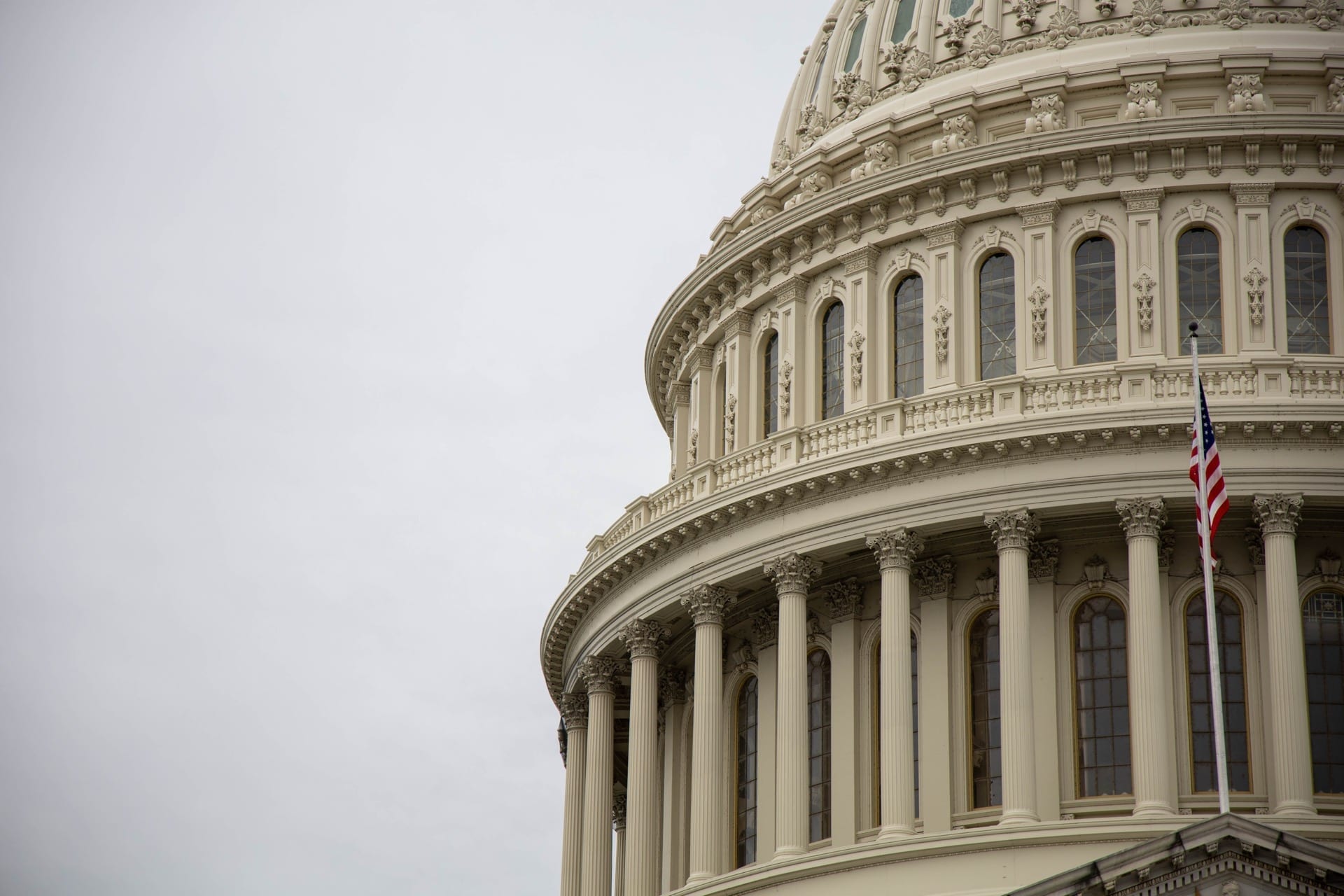The president began the night with a majority disapproving of his performance, and he ended with a majority feeling more optimistic about him. The speech raised his personal favorability and job approval 11 points and got the attention of minority voters, though Trump’s overall gains trailed the 2009 gains of Obama, who was not digging out of a hole. This is according to dial meter groups conducted for WVWVAF by Democracy Corps among white working class men and women, white unmarried women, millennials, and minorities.[1]
Trump’s performance got high marks from white working class voters and the white working class women in particular who broke for him late in the campaign. He clearly consolidated and built intense support with his white working class base.
His tone and promise of jobs, “massive” middle class tax cuts, and paid leave helped him with minority voters and white unmarried women, as well as with white working class women. Whether these gains become real depend on a Republican Congress passing such an agenda. His focus on safety and crime and securing America also resonated with minority voters. Overall, speaking to a Joint Session made him appear less threatening broadly, though again, whether that is sustainable depends on whether this is really a “New Donald Trump.”
VIEW DIAL RESPONSE PRESENTATION
[1] On behalf of Women’s Voice Women Vote Action Fund, Democracy Corps conducted online dial meter research among 150 voters during the joint session address: 30 millennials, 31 minorities, 30 white unmarried women, 31 white working class women and 31 white working class men. Surveys were administered before and after the live dial meter session. This research is qualitative and results are not statistically projectable onto a larger population.


